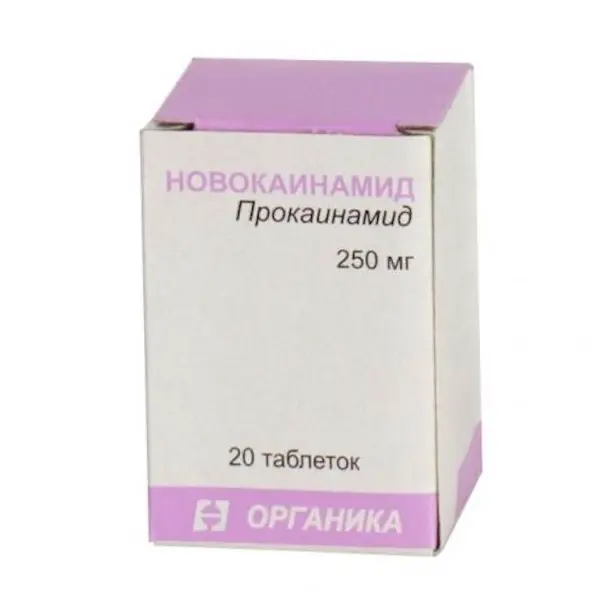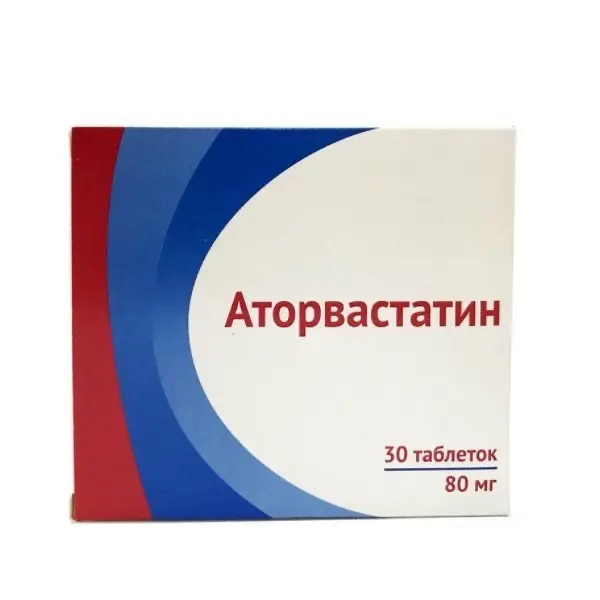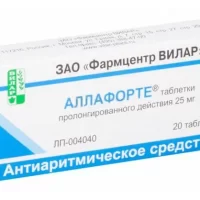Description
Novokainamide Pharmacodynamics
Class 1A antiarrhythmic drug, has a membrane stabilizing effect. Inhibits incoming fast current of sodium ions, reduces the rate of depolarization in phase 0. Inhibits conduction, slows repolarization. Reduces atrial and ventricular myocardial excitability. Increases the duration of the effective refractory period of the action potential (in the affected myocardium to a greater extent). Delayed conduction, which is observed regardless of the resting value, is more pronounced in the atria and ventricles, less in the atrioventricular node.
The indirect M-cholinoblocking effect, compared with quinidine and disopyramide, is less pronounced, so a paradoxical improvement in atrioventricular conduction is usually not observed.
It affects phase 4 depolarization, decreases automatism of intact and affected myocardium, inhibits sinus node function and ectopic pacemakers in some patients. The active metabolite, N-acetylprocainamide, has pronounced activity of class III antiarrhythmic drugs, prolongs the duration of action potential. It has a weak negative ionotropic effect (without a significant effect on the blood minute volume). It has vagolytic and vasodilatory properties, which causes tachycardia and reduction of arterial pressure (BP) and total peripheral vascular resistance.
Electrophysiological effects are manifested in the broadening of the QRS complex and prolongation of the PQ and QT intervals. Time of maximum effect achievement when administered orally – 60-90 minutes, when administered intravenously – immediately, when administered intramuscularly – 15-60 minutes.
Indications
Various disorders of cardiac rhythm:
* paroxysmal form of atrial fibrillation,
* atrial flutter,
* paroxysmal ventricular tachycardia,
* ventricular extrasystole,
* Prevention and treatment of cardiac rhythm disturbances during operations on the heart, great vessels and lungs.
Contraindications
Acute myocardial infarction, acute cardiac insufficiency, atrial-ventricular block, cardiogenic shock, marked renal failure, hypersensitivity to the drug.
Dosage and administration
- Inside 0.5-1.0 g 3-4 times a day. The course of treatment is 4-5 days. For ventricular extrasystoles 0.25-1 g and further 0.25-0.5 g every 3-6 hours. For atrial fibrillation or atrial flutter 1-1.5 g once and then 0.5-1 g every 2 hours (not more than 4 g a day) until the paroxysm subsides.
- The highest daily dose is 3 g.





